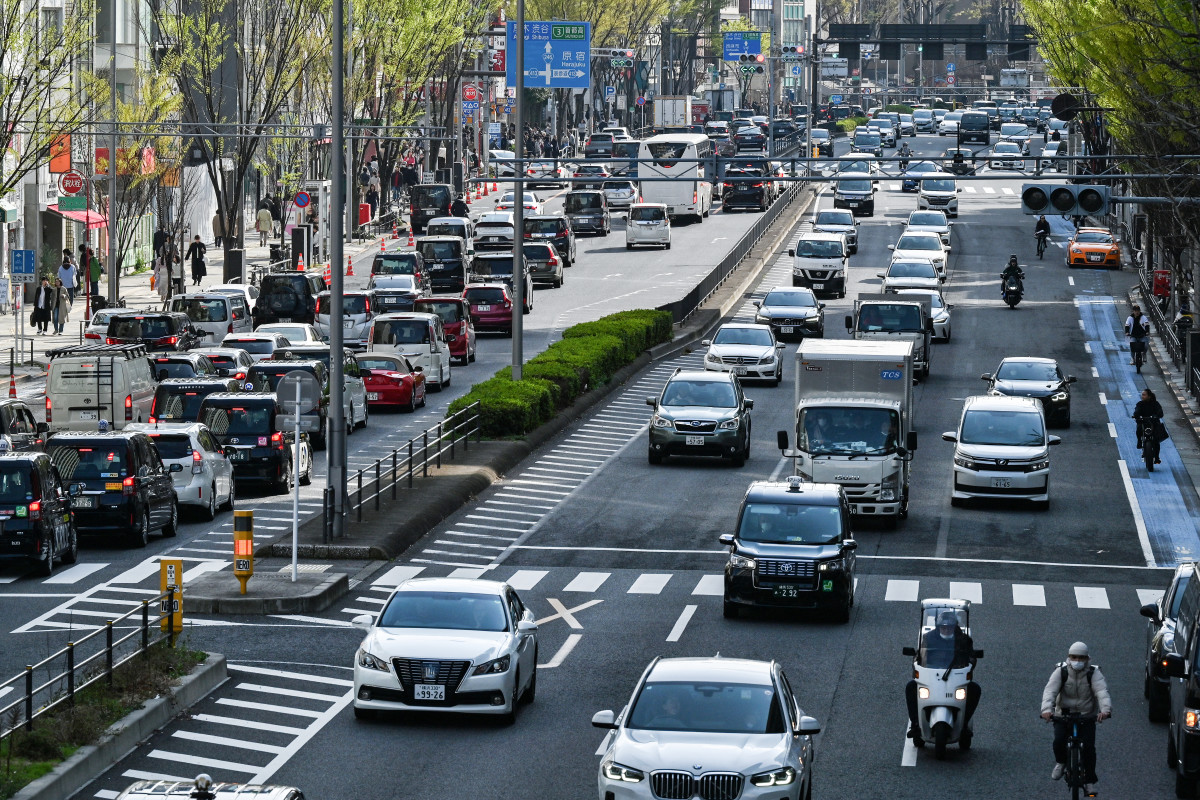American Cars in Japan

The relationship between American cars and Japan has long been a topic of debate, particularly when it comes to trade and market penetration. Historically, you wouldn’t see a Chevrolet or a Dodge Ram cruising down the streets of Tokyo, primarily due to the stringent market norms and safety regulations Japan has in place. Fast forward to today, and there seems to be a glimmer of change on the horizon.
Trade Talks

In recent years, trade negotiations, especially under the Trump administration, have brought the issues of tariffs and automotive standards into the spotlight. The administration pushed for changes that could finally open Japanese roads to more American vehicles. As part of these efforts, Japan indicated potential flexibility in their automotive safety regulations to boost trade relations with the United States. It’s a significant development considering Japan’s strict adherence to their safety and environmental standards, a part of their national identity in manufacturing quality vehicles.
Regulatory Challenges

One of the significant hurdles for American automakers has been Japan’s rigorous safety certification process. Unlike in the United States, where automakers conduct their own safety tests, Japan has a centralized testing protocol. This process not only adds time but also requires additional safety features, making it difficult for American cars to compete on equal ground.
Japanese roads and driving conditions also lean towards vehicles that are compact, efficient, and designed with left-hand drive in mind. American manufacturers typically build larger cars, with designs that don’t always match the Japanese market preferences or infrastructure, which favors small, versatile kei cars.
The Driving Experience
Driving an American car on Japanese roads is quite the experience. Car enthusiasts will argue for the charm of American muscle, but there are nuances to consider. The broader dimensions of vehicles like the Dodge Ram can make navigating Tokyo’s narrow streets and tight parking spots a challenge. For those used to the agile handling and efficiency of Japanese models, the transition to an American car might feel like maneuvering a beast through a playground.
Yet, there’s something unmistakably satisfying about the rumble of a V8 engine or the comfort of a roomy cabin. The driving dynamics are inherently different, more about enjoying the journey in a laid-back style compared to the precise, engineered prowess of a Japanese sedan. That said, American cars have their place if the roads allow it, providing a unique experience that highlights American automotive identity.
Conclusion
While trade negotiations might pave the way for more American cars in Japan, changing market dynamics isn’t just about easing regulations. The challenge lies in the deep-rooted preferences and infrastructural constraints within Japan, from tight urban spaces to a public transportation system that’s second to none. The Japanese automobile market remains somewhat of an enigma for American carmakers, highlighting the need for more tailored products and creative marketing strategies to genuinely make a mark beyond diplomatic discussions.
MINI Revamps for 2025
Civic Crash Chaos
EV Revolution Ahead
Tesla Settles Crash Suit
Lamborghini Value Drop